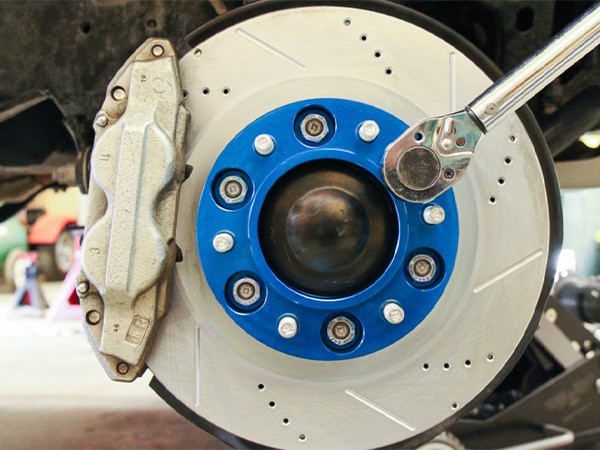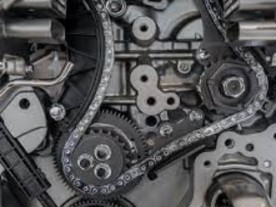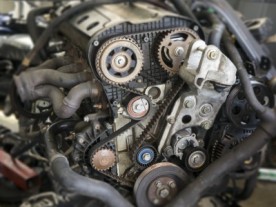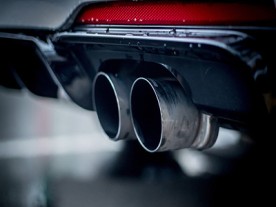In this article, we will discuss everything you need to know about wheel spacers and how to properly torque them.
Firstly, what are wheel spacers? Wheel spacers are devices that fit between your vehicle's hub and wheel, effectively pushing the wheel outwards. They can be used to achieve a more aggressive stance or to allow for larger brake calipers. However, it is important to note that installing wheel spacers can have an impact on your vehicle's handling and stability.
When it comes to choosing the right wheel spacers, there are several factors to consider such as bolt pattern, center bore size, thickness, and material. It is crucial to choose spacers that are designed specifically for your vehicle to ensure proper fitment and safety.
Next, let's talk about torqueing wheel spacers. It is important to follow the manufacturer's instructions for torque specifications and sequence when installing wheel spacers. Over-tightening can cause damage to your vehicle's hub and under-tightening can lead to vibration and even wheel separation.
To properly torque wheel spacers, first clean the hub and wheel mating surfaces. Then, apply a small amount of anti-seize lubricant to the hub face and the hub side of the spacer. Install the spacer onto the hub using the specified torque sequence and torque specification. Finally, install the wheel onto the spacer using the same torque sequence and specification.
It is recommended to re-torque the wheel spacers after 50-100 miles of driving to ensure they are still at the proper torque level. Regular maintenance checks should also be done to ensure the wheel spacer is in good condition and not causing any issues with your vehicle's handling or stability.
In conclusion, wheel spacers can be a great way to achieve a more customized look for your vehicle, but it is important to choose the right spacers and properly torque them to ensure safety and performance. Always follow the manufacturer's instructions and consult a professional if you are unsure about installation or maintenance.








